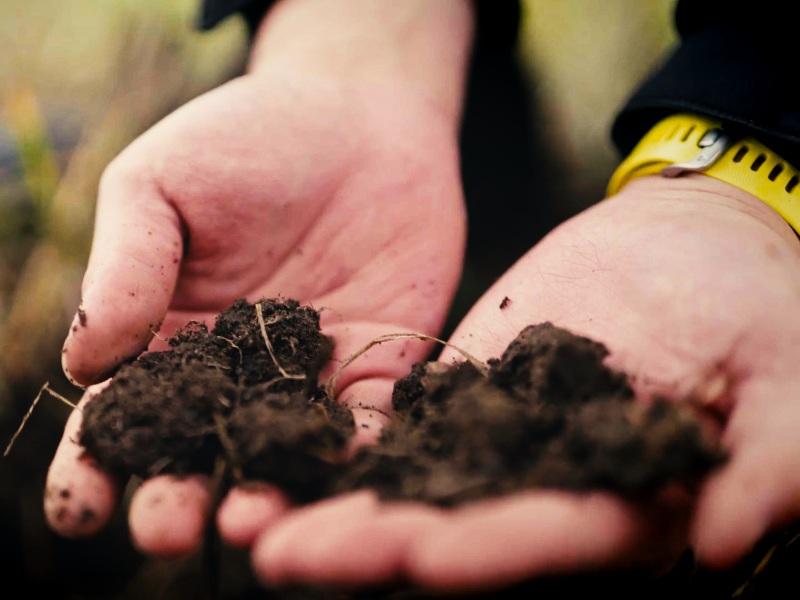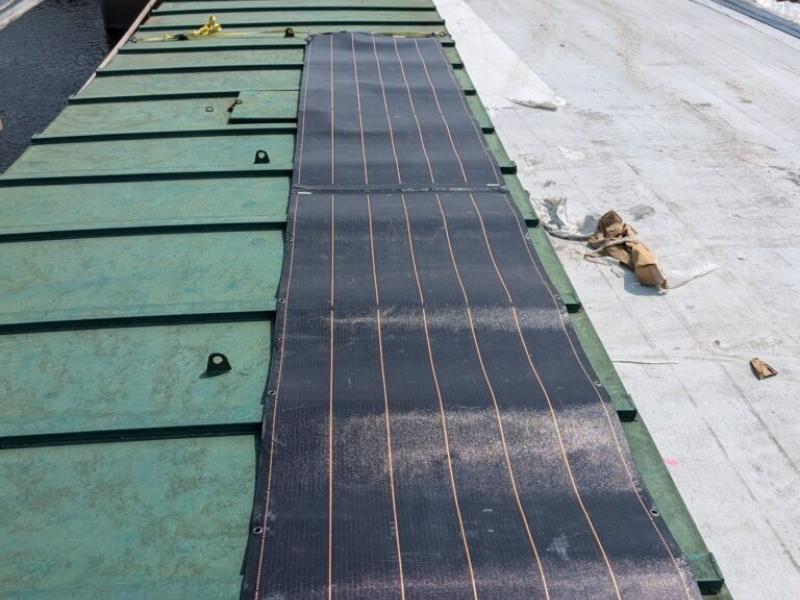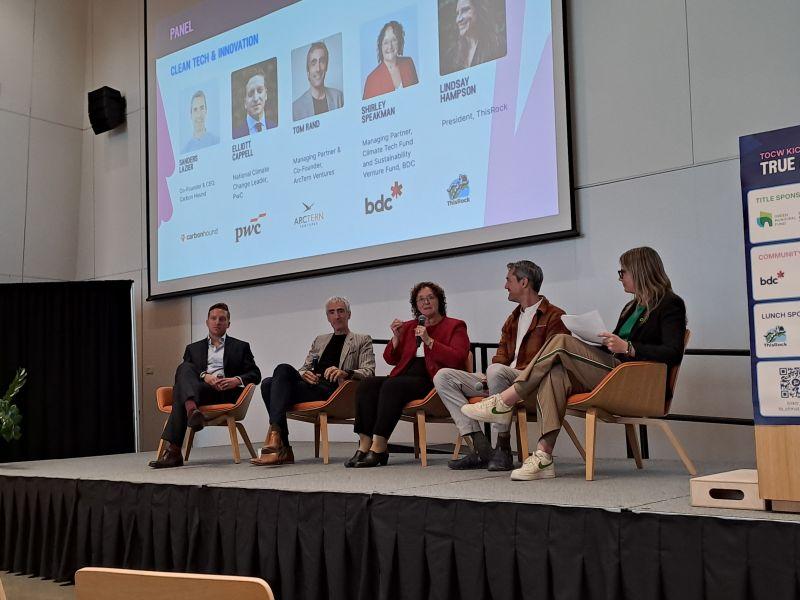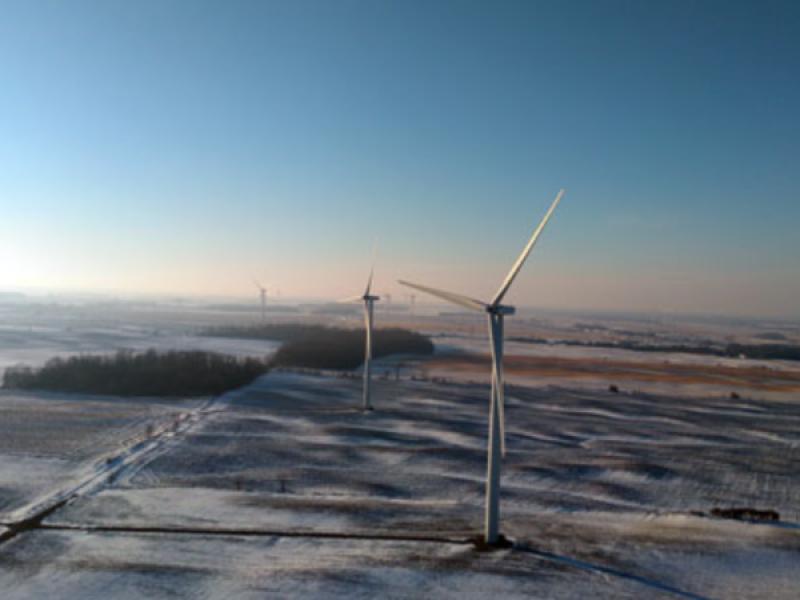
Alliance Magnesium Metallurgy Inc. has created a strategic partnership with Triple M Metal to increase procurement for its metal scrap recycling foundries.
Founded in 2012, Alliance Magnesium has developed six patents to more sustainably recover the mineral from serpentine tailings.
Tailings are the ground rock and effluent waste by-products as a result of mining; while serpentine rock contains an average of 25 per cent magnesium metal, known as primary magnesium.
Alliance Magnesium uses its process to manufacture magnesium ingots from these serpentine tailings, and also recycles magnesium scrap from a variety of industries.
“Triple M will help us to be able to recuperate these materials and not only procure scrap to be able to operate the current factory that we have, but in future stages be able to do the, I'll say the tolling process,” said François Perras, who became Alliance Magnesium’s president and CEO in October.
“So basically, help us in the logistics. Bring back the material from our future customers, bring it back to our plants and we give it a new life.”
Alliance Magnesium and its patented process
Headquartered in Danville, Que., Alliance Magnesium expects to produce six kilotonnes of recycled magnesium in 2023, but is planning a new plant at the same site to dramatically scale its production.
Triple M, headquartered in Brampton Ont., has over 40 locations across North America and commercial interests in Europe. Part of the Giampaolo Group of companies, it also works in aluminum manufacturing, electronics recycling and reuse, as well as steel distribution.
Magnesium is used in a variety of industries, although the company mainly sells to automotive parts manufacturers as well as the aluminum, iron and aerospace industries.
In February 2021, the International Magnesium Association released a study showing Alliance Magnesium’s method produces less than five tonnes of carbon dioxide (CO2) emissions per tonne of magnesium produced, which Perras said is the lowest in the world for magnesium producers.
Perras said the company is aiming to cut it further, to 2.7 tonnes of CO2 per tonne of magnesium produced at its new facility. Alliance Magnesium is also targeting net-zero operations by 2030, bolstered by Quebec’s largely clean grid. The company is also looking into renewable natural gas for “little areas.”
Its recovery process for the serpentine rock involves the creation of magnesium brine and then, through electrolysis, the magnesium is extracted.
“If we compare ourselves to production that comes from, for example, China, that will be in the range of 25 to 33 tonnes of CO2 production per tonne of magnesium. So, there's quite a difference between those two,” he said. “Almost 90 per cent less CO2 emissions.”
According to Perras, China holds 80 to 85 per cent of the world’s market share of magnesium.
Perras also said the firm is working on patents related to extracting nickel cobalt concentrate.
Alliance Magnesium’s recycling plans
In 2017, Alliance Magnesium acquired all the shares of Magnola Metallurgy Inc., and with it approximately 110 million tonnes of serpentine tailing. Six tonnes of tailings will produce approximately one tonne of magnesium.
With these tailings as a resource, the company plans to break ground on a new plant in Danville by the end of the second quarter.
“Our Phase One project that we're currently working on right now is to be able to extract magnesium and silica. We also know that we do have a (nickel sulfate grade). We're also working on the capability of extracting this,” Perras explained.
“The critical strategic mineral approach, ours is quite different, because we're not looking to open up a mine or start digging or any risk associated with mining or basically rehabilitating. On the timeline, it's quite different because the material that we have is already grounded out of the land, and it's an issue for the society that we live in.”
The company’s website states amorphous silica – around 40 per cent of the tailings – will be kept and sold to the concrete industry and other buyers. The company’s website states each tonne of amorphous silica used in manufacturing cement has been shown to reduce greenhouse gas emissions by 0.8 tonnes.
Opportunities also exist to recover other materials such as iron, nickel and cobalt.
Alliance Magnesium is currently finalizing its phase one feasibility study, hoping for release at the end of the first quarter. Once in operation by late 2025, the new plant would produce 25,000 tonnes of primary magnesium, 12,000 tonnes of recycled magnesium and over 40,000 tonnes of amorphous silica.
To operate this phase, Perras expects to grow from 60 employees to between 200 and 300.
Alliance Magnesium and Triple M’s partnership
The partnership with Triple M will provide scrap for its existing plant as well as the larger facility to come.
Given Triple M’s wide reach, scrap metal for Alliance Magnesium’s recycling could come from anywhere in the world.
The origins of the partnership came prior to joining Alliance Magnesium, when Perras spent five years as the CEO of ArcelorMittal Long Products Canada. There, he created a joint venture with Triple M called Integrated Metal Recycling.
“We thought that, a) it will be worthwhile having a partner that is well known in the North American industry that had contacts all around the world to be able to procure the scrap magnesium for our plant,” Perras said. “Portion B is that as we will be putting in place the new magnesium line, we'll be selling pure magnesium into North America and Europe.
"Our approach is to have a circular economy portion of our model.”
He also sees opportunities with other Giampaolo Group members, like Brampton-based aluminum billet and slab manufacturer Matalco Inc., as magnesium alloys are often present in aluminium.
"Once we've showed that we can make a success out of phase one, I can imagine that there would be opportunity for this plant to be replicated elsewhere. Would it be for mines, would it be in the U.S., (or) in the Eastern European region?” Perras said.
“We could imagine that Alliance Magnesium would also look into other tailings or other industrial residues.”










